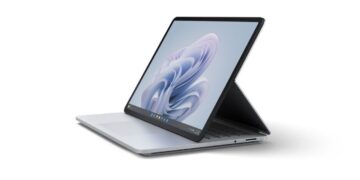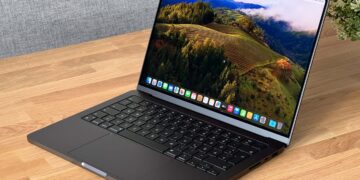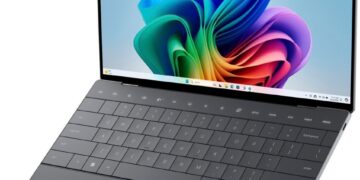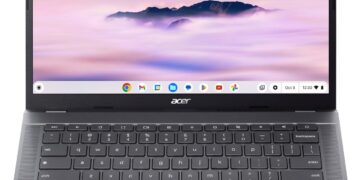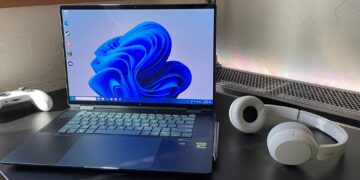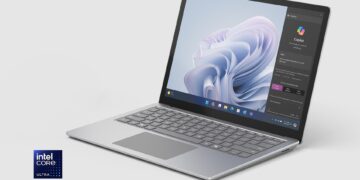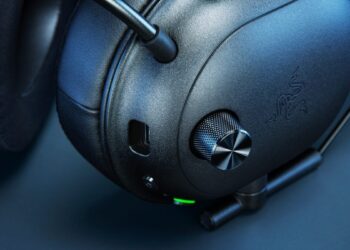Microsoft Surface Laptop 7th Edition Review: The Copilot+ Era Begins
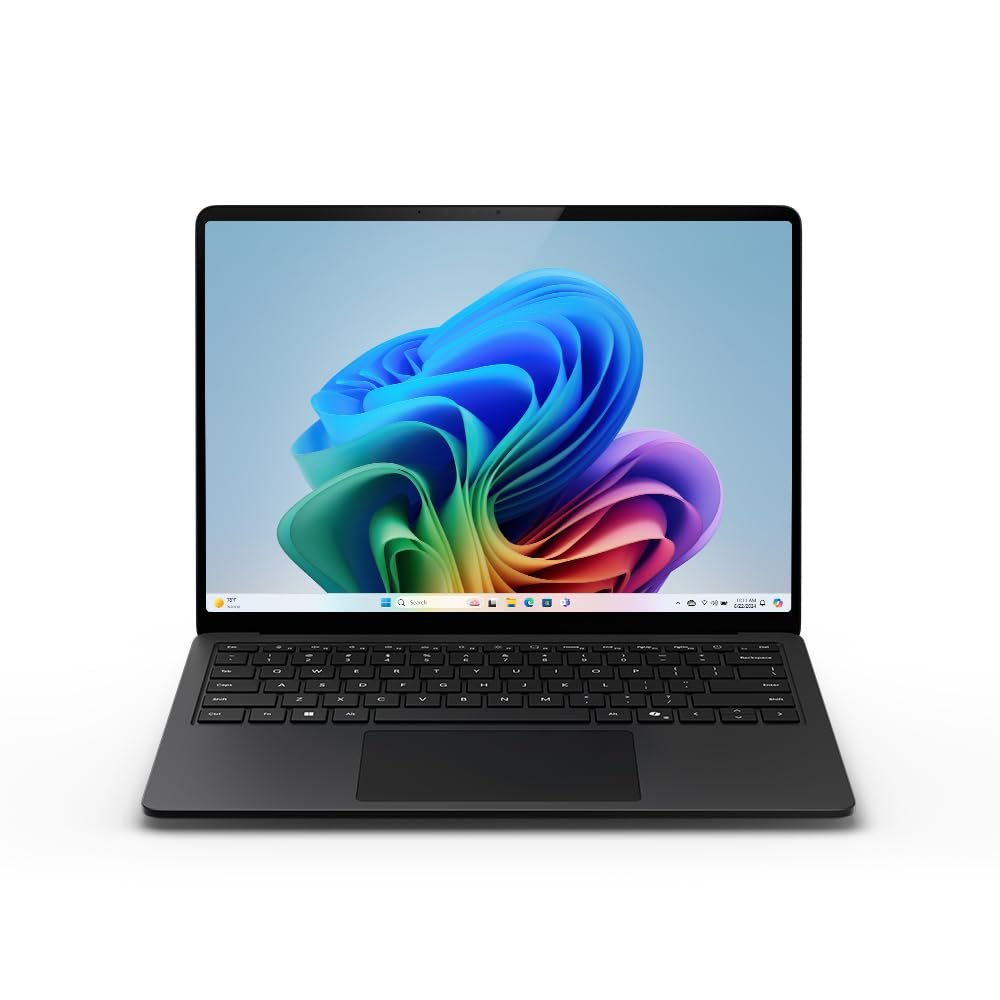
This isn’t just another laptop refresh. The Microsoft Surface Laptop 7th Edition represents a fundamental shift, a bold wager on a new future for Windows. For years, the conversation has been dominated by Intel and AMD, but with this release, Microsoft is placing its flagship consumer device squarely in the hands of Qualcomm’s Snapdragon X Elite chip. This is the vanguard of the “Copilot+ PC” revolution, promising an AI-infused experience and game-changing battery life. But does this leap into the ARM architecture stick the landing, or is it a step too far, too soon?
A Familiar, Flawless Design
Unboxing the Surface Laptop 7 reveals a design that is at once stunning and deeply familiar. Microsoft has wisely chosen not to reinvent the wheel. The minimalist, all-aluminum chassis feels impossibly premium, with tight tolerances and a rigid construction that exudes quality. It’s thin, light, and perfectly balanced. The most significant physical updates are the wonderfully slimmed-down display bezels and the introduction of a new haptic touchpad. This touchpad is a revelation, finally putting the Surface Laptop on par with Apple’s Force Touch trackpads. It’s large, precise, and the customizable haptic feedback is superb. The keyboard remains a highlight, offering satisfying travel and a comfortable layout that makes typing for hours a genuine pleasure.

The 13.8-inch or 15-inch PixelSense display is, as always, a knockout. With its vibrant colors, deep contrast, and a smooth 120Hz refresh rate, it’s a joy for everything from productivity work to media consumption. However, the port situation remains merely adequate. You get two USB4/Thunderbolt 4 ports, one USB-A 3.1 port, a headphone jack, and the proprietary Surface Connect port. For a device aimed at modern professionals, the absence of an SD card reader continues to be a notable omission.

The Snapdragon X Factor: Performance and Endurance
Here’s where the story gets interesting. The Snapdragon X Elite (or Plus, in the base model) is the heart of this machine, and its performance is a tale of two worlds. In native applications—like Microsoft’s own Office suite, the Edge browser, and a growing number of ARM-native creative apps from companies like Adobe—this laptop absolutely flies. It’s snappy, responsive, and completely silent, as the chip’s efficiency means the fan rarely needs to spin up during normal use. This efficiency translates into the laptop’s killer feature: battery life. We’re not talking about a small improvement; we’re talking about a genuine, all-day-and-then-some power source that can fundamentally change how you work, untethering you from the wall charger for entire workdays with ease.
The other side of the coin is app compatibility. Microsoft’s new Prism emulation layer is a massive improvement over previous attempts, allowing most legacy x86 applications to run surprisingly well. For many users, the transition will be seamless. However, tech-savvy users who rely on niche software, specific development tools, or anti-cheat-enabled games may still encounter compatibility issues or performance penalties. This isn’t a deal-breaker, but it’s a crucial asterisk. The Surface Laptop 7 is blazingly fast within its native ecosystem, but its universal performance is still dependent on the maturity of the ARM on Windows platform.
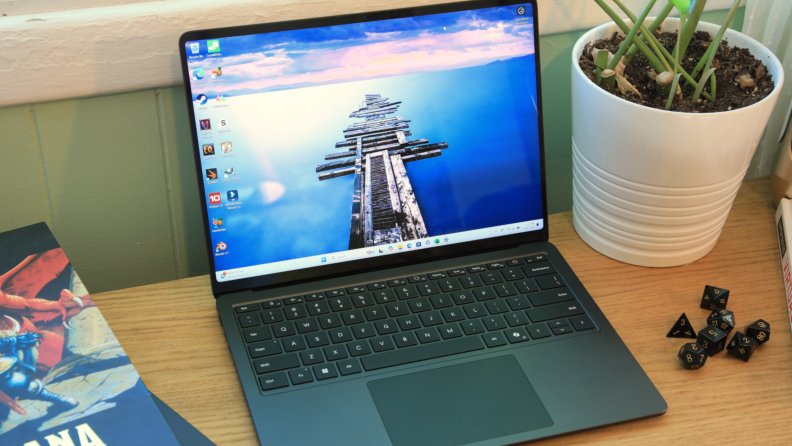
AI Features and the Value Proposition
This is the first true “Copilot+ PC,” and its AI features are front and center. The most talked-about feature, Recall, allows the OS to create a searchable timeline of virtually everything you’ve seen or done on your PC. It’s an incredibly powerful concept for finding that one specific document or website you vaguely remember. At the same time, it has raised significant and valid privacy concerns, which Microsoft is actively working to address. Other AI features, like Live Captions with real-time translation and enhanced Windows Studio Effects for your webcam, are genuinely useful and showcase the power of the chip’s integrated Neural Processing Unit (NPU).
Starting at a premium price point, the Surface Laptop 7’s value is complex. On one hand, you are getting a device with a best-in-class build, a gorgeous screen, a fantastic keyboard, and potentially revolutionary battery life. You are buying into the future of Windows. On the other hand, you are also an early adopter of an ecosystem in transition. The value proposition hinges entirely on your workflow. If you primarily work within a browser, Microsoft Office, and mainstream creative apps, this laptop offers an incredible, next-generation experience.
Final Verdict
The Surface Laptop 7th Edition is a beautifully engineered machine and a landmark release for Windows. It successfully delivers on its promise of phenomenal battery life and zippy performance for everyday tasks, all wrapped in a design that remains one of the best in the industry. It’s the laptop that finally makes Windows on ARM a compelling proposition for the mainstream.
This device is best for the forward-thinking student, professional, or creative user who prioritizes mobility, battery life, and a premium user experience. If your workflow is adaptable and not tied to obscure legacy software, this is arguably one of the most exciting Windows laptops you can buy today. However, power users who depend on a wide array of specialized x86 applications or PC gamers should exercise caution and may be better served waiting for the software ecosystem to fully mature.
Where to Buy:
Surface Laptop 7th Edition Quick Summary
Key Scores:
- Value: 96%
- Design: 91%
- Performance: 89%
- Quality: 90%
- Popularity: 90%
Top Pros
- ✅ Battery life is genuinely transformative for all-day use.
- ✅ Native app performance on the Snapdragon chip is incredibly fast.
- ✅ The premium aluminum build and vibrant display are exceptional.
- …
Key Cons
- ❌ Legacy app compatibility can still be unpredictable and inconsistent.
- ❌ The design is refined but feels too iterative and safe.
- ❌ Port selection remains limited for a modern productivity laptop.
- …

